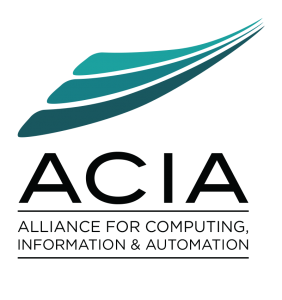 The Alliance for Computing, Information, and Automation (ACIA) and Michigan Tech Career Services invite students to a casual networking mixer with industry employment recruiters on Tuesday, September 24, 2019, from 4:00 to 6:00 p.m., in the Rozsa Center lobby. The event is free and appetizers and refreshments will be served.
The Alliance for Computing, Information, and Automation (ACIA) and Michigan Tech Career Services invite students to a casual networking mixer with industry employment recruiters on Tuesday, September 24, 2019, from 4:00 to 6:00 p.m., in the Rozsa Center lobby. The event is free and appetizers and refreshments will be served.The Alliance for Computing, Information, and Automation (ACIA) at Michigan Technological University is a collaborative effort between the Department of Electrical and Computer Engineering and the College of Computing. The mission of the ACIA is to provide faculty and students the opportunity to work across organizational boundaries to create an environment that is a reflection of contemporary technological innovation. The research arm of the ACIA is the Institute of Computing and Cybersystems (ICC).
Recruiters interested in hiring Michigan Tech students and graduates in the above majors will be in attendance. Invited companies include the following:
Amcor (fka Bemis)
ArcelorMittal
Black & Veatch
Caterpillar
Continental
Cummins
Denso
Dow
DTE Energy
Fiat Chrysler Automobiles (FCA)
Ford Motor Company
Georgia-Pacific
Gerdau
Greenheck
Kimberly-Clark
Kohler
Marathon Petroleum
Mercury Marine
Michigan Scientific Corporation
Nexteer Automotive
Nucor
Oshkosh Corporation
Plexus
Schneider
Superior Technologies
Systems Control
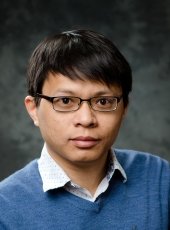

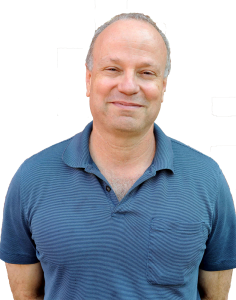
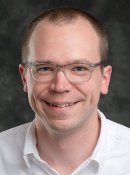

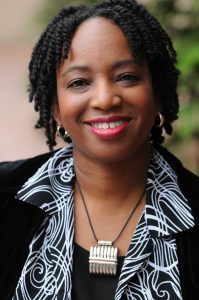

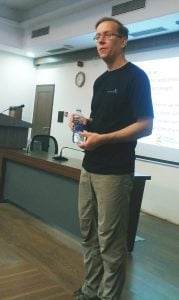
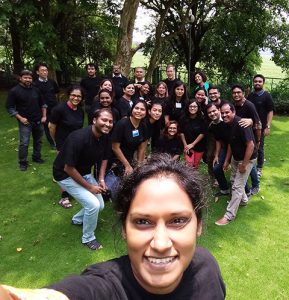
 Guy Hembroff, associate professor and director of the Medical Informatics graduate program (CC/CyberS), attended the three-day workshop, “Teaching With Impact – Innovating Curriculum With Entrepreneurial Mindset,” in Milwaukee, Wisc., this July.
Guy Hembroff, associate professor and director of the Medical Informatics graduate program (CC/CyberS), attended the three-day workshop, “Teaching With Impact – Innovating Curriculum With Entrepreneurial Mindset,” in Milwaukee, Wisc., this July.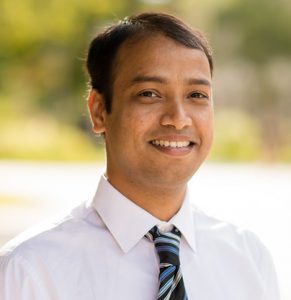
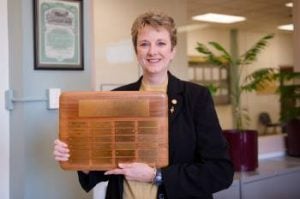 Mari W. Buche (DataS/SBE) attended the HERS Institute July 8-20, at Bryn Mawr College, Pennsylvania, Along with 63 women from a variety of colleges and universities across the country, Buche participated in professional development sessions focused on fine-tuning leadership skills unique to higher education. Visit
Mari W. Buche (DataS/SBE) attended the HERS Institute July 8-20, at Bryn Mawr College, Pennsylvania, Along with 63 women from a variety of colleges and universities across the country, Buche participated in professional development sessions focused on fine-tuning leadership skills unique to higher education. Visit
https://doi.org/10.1016/j.coldregions.2019.102856